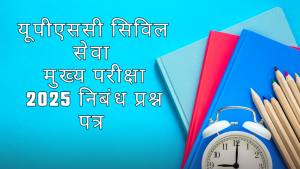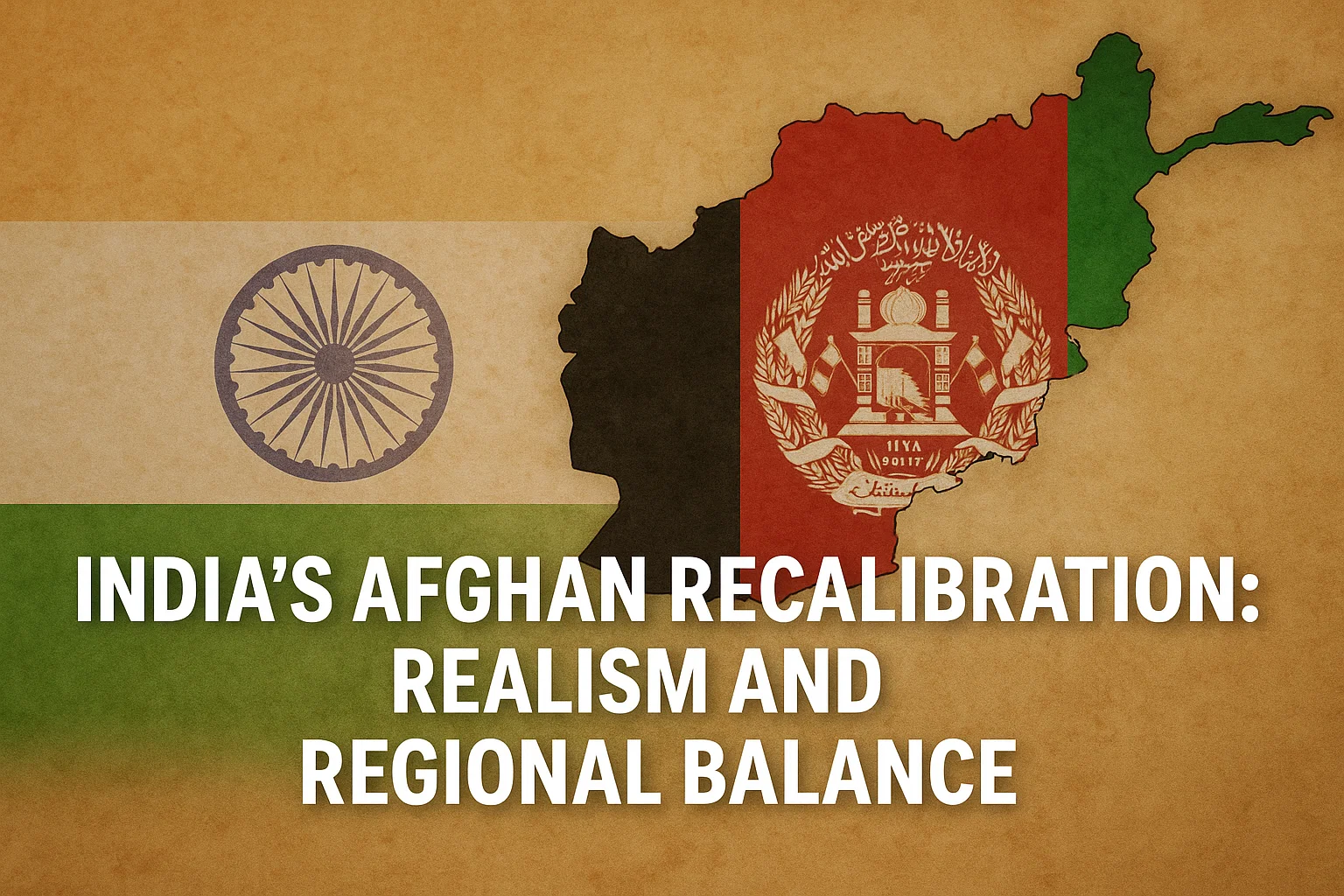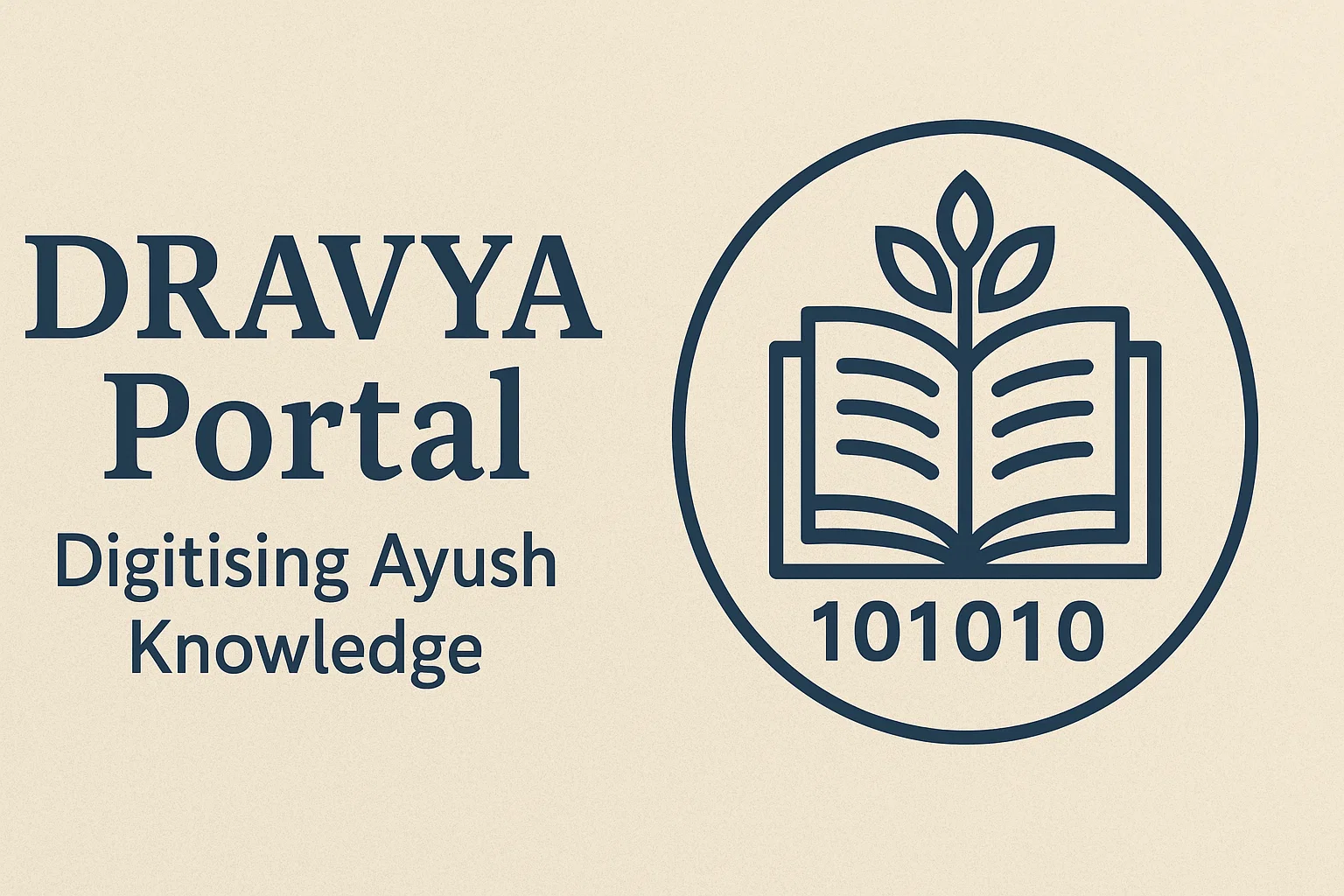Must-Read Chapters in the Ancient History Syllabus
Explore the most important ancient history chapters for UPSC. Understand key topics, prioritise your reading, and align with the latest exam trends.

Understanding ancient Indian history is essential for any UPSC aspirant aiming to score well in both Prelims and Mains. Whether you’re preparing for General Studies (GS) Paper I or History Optional, a strong grasp over the ancient history chapters for UPSC ensures conceptual clarity, analytical skills, and confidence in the examination hall.
This article highlights the must-read chapters in ancient history, explains their relevance, and guides you on how to approach them thematically.
Why Focus on Ancient History?
Ancient history remains a constant in the UPSC Civil Services Examination. It appears in:
- Prelims – Objective questions from NCERTs and standard texts for testing factual knowledge and basic understanding.
- GS Paper I (Mains) – Analytical questions on Indian culture, art, architecture, and early historical developments
- History Optional – Paper I covers ancient and early medieval India in depth
A proper understanding of chapters in ancient history helps aspirants write enriched answers and tackle factual and analytical questions confidently.
Foundational Resources for Ancient History
| Resource Type | Recommended Books |
| NCERT textbooks | Our Pasts I–III (class 6–8), Themes in Indian History I (class 12), An Introduction to Indian Art (class 11), Ancient India (old NCERT) |
| Standard texts | India’s Ancient Past (R.S. Sharma), Indian Art and Culture (Nitin Singhania), IGNOU & CCRT materials |
These resources cover the entire spectrum—from prehistoric times to classical civilisation—providing a solid base for both GS and Optional.
NCERT Chapters That Aspirants Must Prioritise
Class 6 – Our Pasts Part I
- What, Where, How and When?
- From Hunting-Gathering to Growing Food
- In the Earliest Cities
- What Books and Burials Tell Us ✅
- Kingdoms, Kings and an Early Republic
- New Questions and Ideas
- Ashoka, the Emperor Who Gave Up War ✅
- Vital Villages, Thriving Towns
- Traders, Kings and Pilgrims
- New Empires and Kingdoms ✅
- Buildings, Paintings and Books
Why these matter: Chapters 2, 4, 7, and 10 cover foundations of prehistoric life, Vedic culture, Ashoka’s ideology, and early state formation—all frequently tested.
Class 7 – Our Pasts Part II
- Tracing Changes Through a Thousand Years
- New Kings and Kingdoms
- The Delhi Sultans ✅
- The Mughal Empire ✅
- Rulers and Buildings
- Towns, Traders and Craftspersons
- Tribes, Nomads and Settled Communities ✅
- Devotional Paths to the Divine ✅
- The Making of Regional Cultures
- Eighteenth-Century Political Formations ✅
Why these matter: Focus on medieval political orders, religious movements, tribal dynamics and late medieval transitions—core for GS and Optional.
Class 8 – Our Pasts Part III
- How, When and Where
- From Trade to Territory ✅
- Ruling the Countryside
- Tribals, Dikus and the Vision of a Golden Age ✅
- When People Rebel ✅
- Weavers, Iron Smelters and Factory Owners
- Civilising the “Native”, Educating the Nation
- Women, Caste and Reform ✅
- The Making of the National Movement: 1870s–1947 ✅
- India after Independence
Why these matter: These chapters blend trade evolution, tribal resistance, social reform and rebellion—key for thematic mapping.
Thematic Breakdown of Must-Read Chapters
To simplify your preparation, we have categorised the ancient history chapters thematically. Each theme includes the key chapters and reasons why it should not be missed.
1. Prehistoric and Protohistoric Periods
Important Chapters: Class 6 (2) and Class 6 (4)
- Paleolithic, Mesolithic, and Neolithic Cultures
- Rock Art and Cave Paintings
- Chalcolithic Settlements
Relevance: This segment explains the earliest human settlements and technological advancements. Understanding tools, subsistence methods, and early art forms is crucial. Questions from these chapters often feature in UPSC Prelims.
2. Indus Valley Civilisation (Harappan Culture)
Important Chapters: Class 6 (3, 4)
- Features of Urban Planning and Architecture
- Economic Life: Trade, Agriculture, and Technology
- Religion, Art, and the Script
- Theories of Decline
Relevance: Indus Valley remains a perennial favourite in both Prelims and Mains. Focus on the contrast between various sites (Harappa, Mohenjo-Daro, Dholavira, Lothal) and artefacts (beads, seals, granaries).
3. Vedic Age – Early and Later Vedic Periods
Important Chapters: Class 6 (10), Class 8 (2)
- Vedic Literature and Society
- Political Organisation: Sabha, Samiti, Rajan
- Economic and Religious Life
- Transition from Rigvedic to Later Vedic Phase
Relevance: These chapters help understand the socio-political evolution of early India. Differentiating early and later Vedic culture is often tested in Prelims and Mains.
4. Rise of Mahajanapadas and Second Urbanisation
Important Chapters: Class 8 (2)
- Sixteen Mahajanapadas
- Rise of Magadha as an Imperial Power
- Urban Centres and Economic Expansion
- Introduction of Iron Technology
Relevance: These chapters are crucial for understanding early state formation and the rise of political centres. Questions often revolve around geographical positioning and capital cities.
5. Religious Reform Movements: Buddhism and Jainism
Important Chapters: Class 6th (3) and class 12th (6)
- Doctrines of the Buddha and Mahavira
- Councils and Sect Development (Hinayana, Mahayana, Digambara, Shvetambara)
- Patronage by Kings and Spread to Other Countries
Relevance: These religions altered the religious landscape of India. Their philosophies, symbols, and historical context are regularly asked in Prelims and Mains.
6. Mauryan Empire
Important Chapters: Class 6 (7), combined Class 6 and RS Sharma
- Chandragupta Maurya and the Rise of Empire
- Ashokan Dhamma and Inscriptions
- Megasthenes’ Account and Arthashastra
- Decline and Legacy
Relevance: The Mauryan Empire marks India’s first pan-Indian polity. UPSC often tests Ashokan edicts, administrative features, and state policy in GS and Optional.
7. Post-Mauryan Period
Important Chapters: Class 11th (4)
- Indo-Greek, Shaka, Kushana, and Satavahana Rule
- Gandhara and Mathura Art Styles
- Trade with Rome and Southeast Asia
Relevance: These foreign dynasties enriched India’s culture and trade systems. The diffusion of art and ideas makes this period crucial for understanding early globalisation.
8. Gupta Empire and the Classical Age
Important Chapters: Class 6 (10), RS Sharma, Class 12 Theme I, Theme II
- Gupta Polity and Administration
- Achievements in Literature, Science, and Arts
- Temple Architecture and Numismatics
- Hun Invasions and Decline
Relevance: Often referred to as the “Golden Age of India,” the Gupta era is widely covered in UPSC papers. Be thorough with Kalidasa, Aryabhata, and temple styles.
9. Post-Gupta and Regional Kingdoms
Important Chapters: Class 7th (2)
- Vakatakas, Pallavas, Chalukyas, and Rashtrakutas
- Temple Architecture: Nagara, Dravida, and Vesara Styles
- Growth of Bhakti and Regional Literature
Relevance: Understanding the political and cultural developments of southern and central India during this period is vital, especially for Art & Culture topics in GS Paper I.
10. Society, Economy, and Culture in Ancient India
Important Chapters: Class 12 Themes II and III
- Position of Women and Family Structures
- Caste System and Social Hierarchy
- Agricultural and Urban Economy
- Education Systems (Gurukuls, Nalanda, Taxila)
Relevance: Thematic questions on society and culture are increasingly common in Mains. This section also provides background for ethics and essay topics.
Ancient Chapters Beyond NCERT
- R.S. Sharma: Chapters 4 onwards cover state emergence, trade, religion and democracy
- Sight essentials: art forms, inscriptions, numismatics
- PYQ relevance: Questions on Ashoka’s religious policy and Gupta achievements are common.
Themes Repeated in PYQs
| Theme | NCERT Chapters | PYQ Frequency |
| Harappan Civilisation | Class 6 (3,4) | Very High |
| Vedic Transition & Early States | Class 6 (10), RS Sharma | High |
| Mauryan Edicts & Governance | Class 6 (7), RS Sharma | Very High |
| Kushanas, Satavahanas | RS Sharma, Class 9/10 as context | Moderate |
| Gupta Science, Literature & Art | Class 12 I, RS Sharma, Singhania | High |
| Temple Architecture & Religion | Class 12 II Themes V–VII | High |
| Social Reform & Caste | Class 8 (8), 12 I–III Themes | Moderate |
Bonus: Chapter-wise Weightage Trend
While the UPSC doesn’t release a fixed syllabus weightage, history optional PYQ UPSC analysis reveals:
- 25–30% of Paper I comes from ancient history
- Jainism, Buddhism, Mauryan polity, and Gupta culture are often asked
- Temple architecture and religious developments appear in GS Mains
Preparing with Precision: A Step-by-Step Guide
- Foundation
Read NCERT chapters in the sequence: classes 6 → 7 → 8 → 12 (Themes I). - Build Depth
Use RS Sharma, Nitin Singhania and IGNOU documents to deepen your analysis on key chapters. - Make Thematic Notes
Create mind maps on religion, economy, polity, culture using overlapping NCERT and RS Sharma chapters. - Revise & Connect
Merge NCERT’s foundational structure with timelines and scholarly reference—trace repeating brain paths. - Solve PYQs
Link each theme to actual UPSC questions—this cements your understanding and prepares your answer style. - Mock Answers
Draft a few mains-level answers to test application—link imperial dates, artefacts, documents to your narratives.
Conclusion
By focusing on the must-read chapters in ancient history, and strategically combining NCERTs, advanced texts, PYQs, and thematic notes, you build both breadth and depth. Your preparation not only becomes structured but highly relevant to UPSC’s evolving expectations.
Key mantra: Start with NCERTs, deepen with RS Sharma, integrate PYQs, and memorise with mind maps and mock writing.
Subscribe to our Youtube Channel for more Valuable Content – TheStudyias
Download the App to Subscribe to our Courses – Thestudyias
The Source’s Authority and Ownership of the Article is Claimed By THE STUDY IAS BY MANIKANT SINGH



